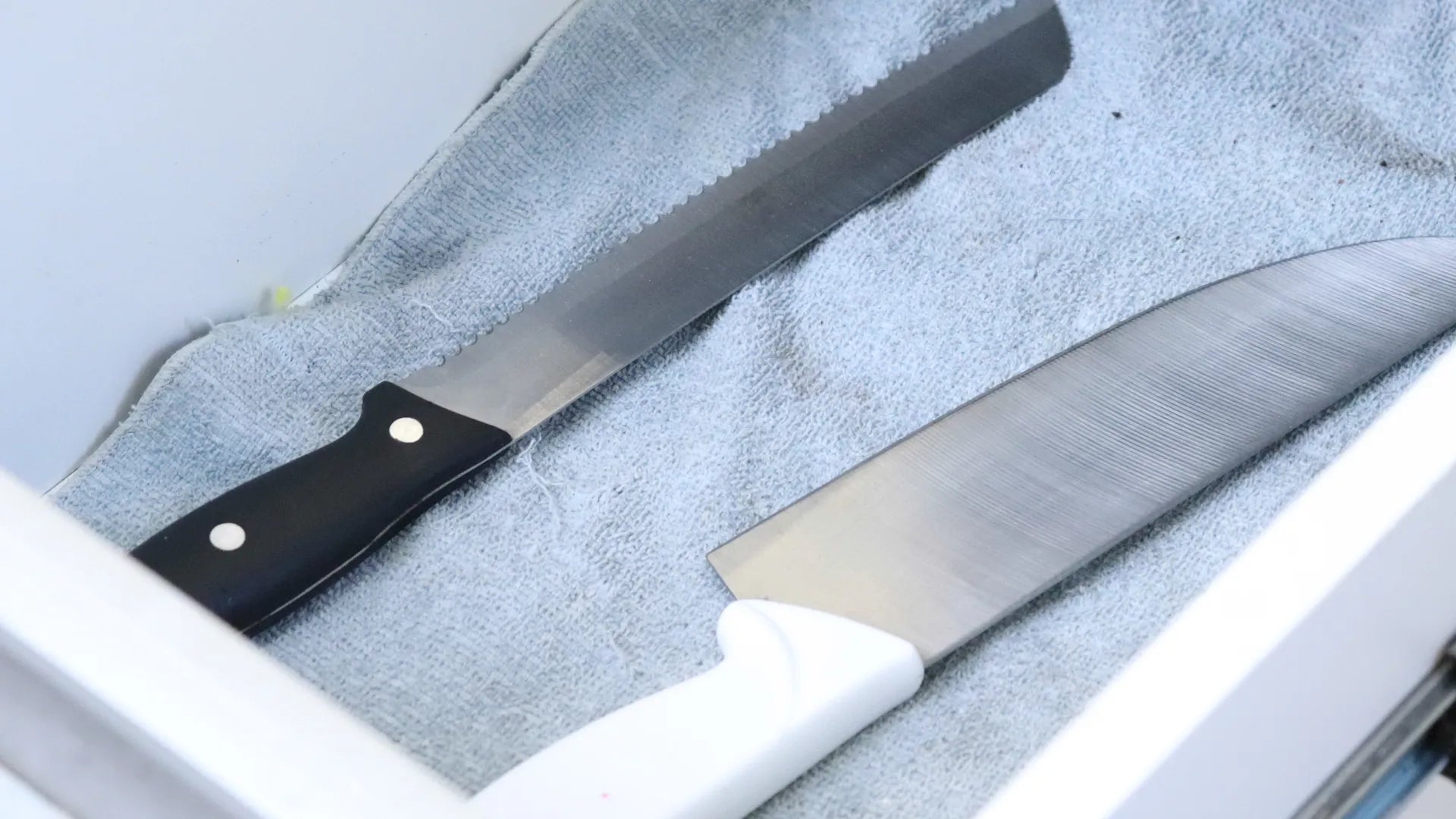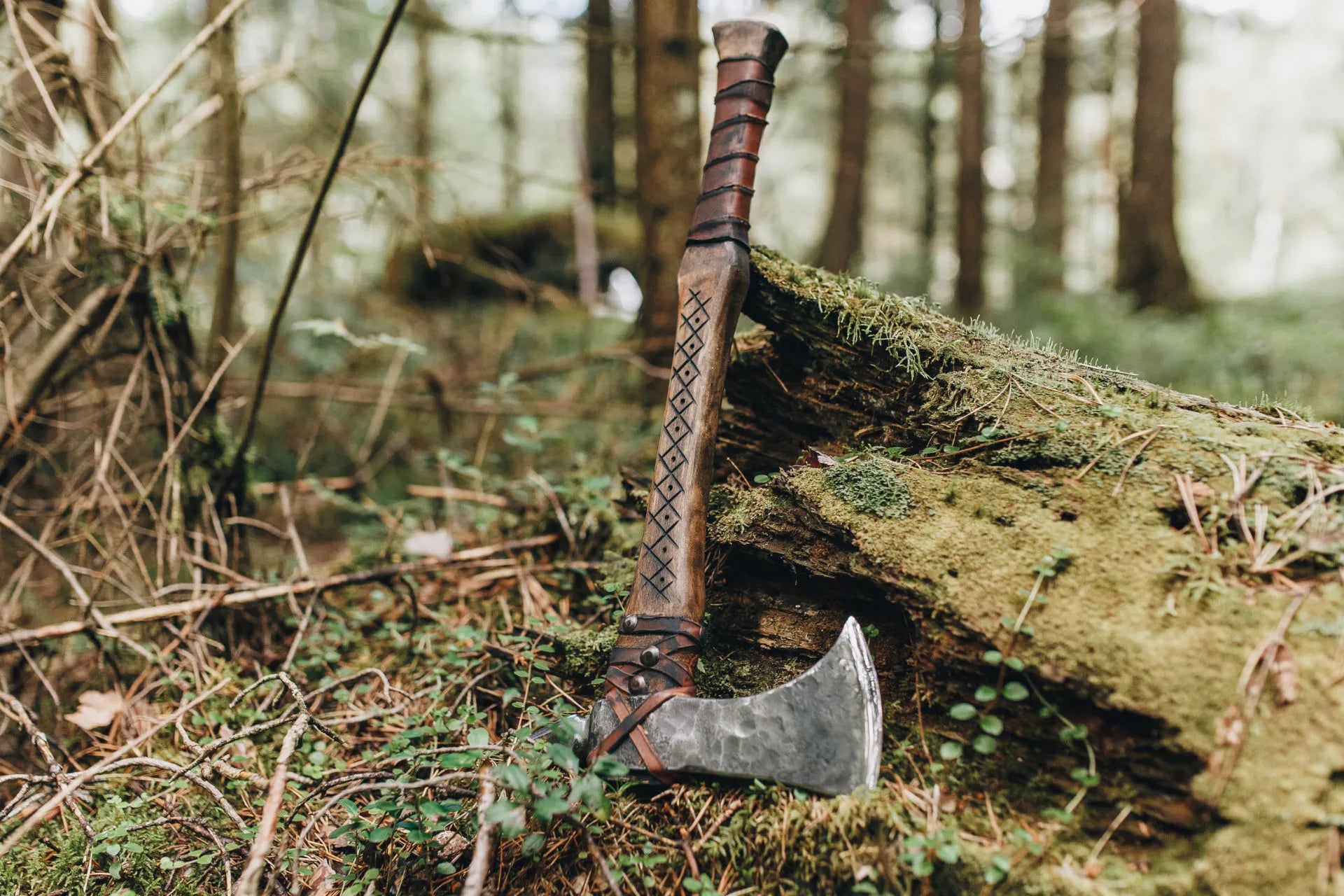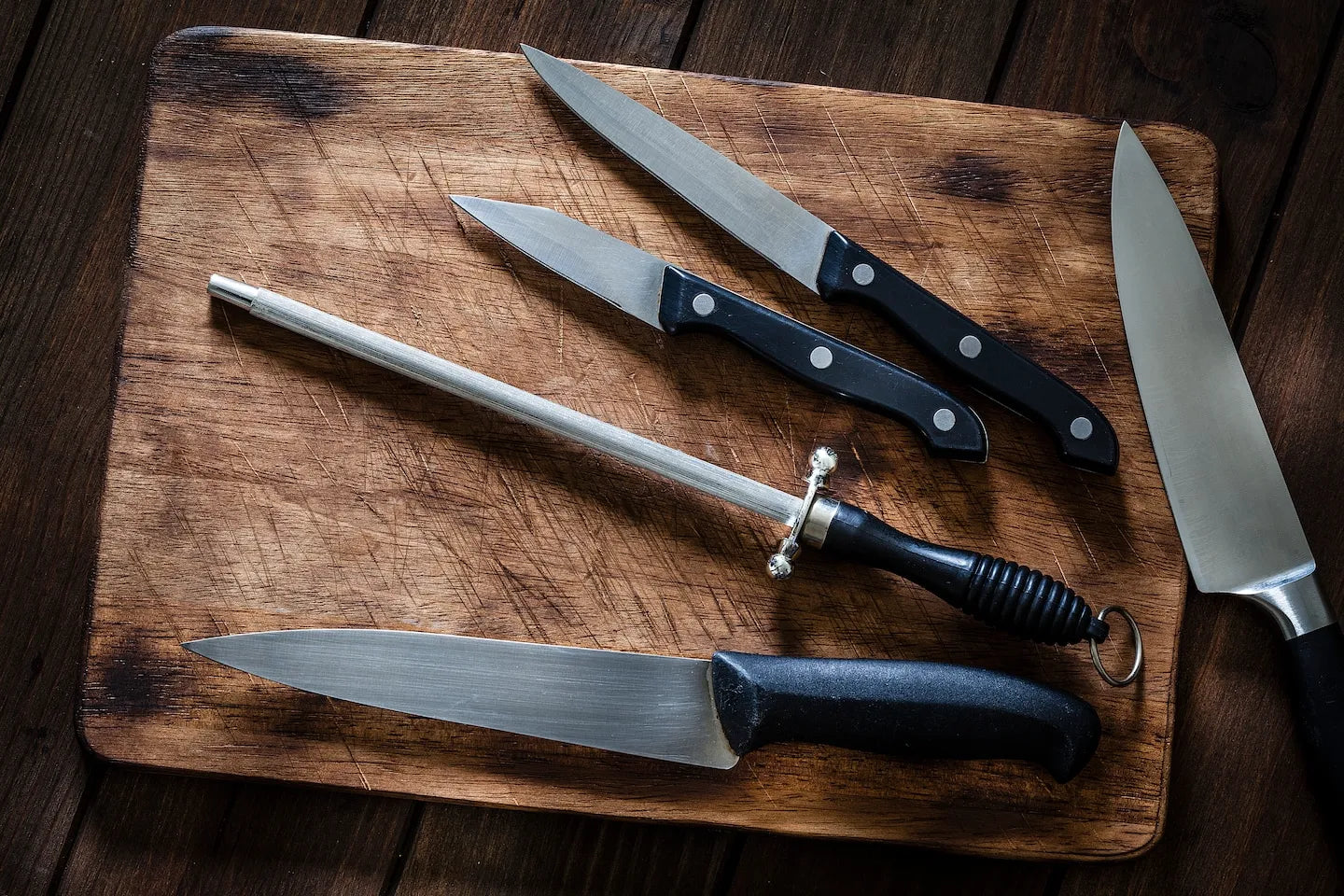
How to Clean a Knife?
Are you searching how to clean a knife? Proper cleaning methods and routine upkeep are essential, whether you are working with kitchen knives, pocket knives, or premium specialty blades.
There are different methods for cleaning the kitchen and pocket knives. Maintaining their sharpness ensures rust prevention. Therefore, cleaning a knife is mandatory. Knives Hives further explains how to clean a knife and some essential maintenance tips.
Method 1: Cleaning a Kitchen Knife
Clean wipe the knife immediately after use.
Clean wipe knives after every use to prevent food particles from solidifying and sticking to the blade. After using a knife, rinse it under water to remove any residue. If necessary, remove any stubborn parts with a sponge or dish towel. Clean the whole thing, not just the blade, before putting the knife away.
Use a safe cleaning technique.
Always point the kitchen knife away from you when cleaning it to prevent injury. Clean the knife carefully with a sponge slathered with warm, soapy water. Do not clean too rapidly or forcefully, as this might cause the knife to slide and cause danger. For increased safety, you can clean one side of the knife at a time while it is lying on a tabletop.
Soak briefly for tough stains.
If food particles are lodged on the knife blade, soak it in warm, shallow water for one to two minutes. Avoid soaking for longer than necessary, as this might lead to corrosion. After washing, gently scrub to get rid of the particles.
Dry the knife immediately.
As soon as you wash your knife, scorch it with a fresh towel to avoid rust. Don't let it air dry. Always dry the knife with the blade facing away from you for safety.
Method 2: Cleaning a Pocket Knife
Wear rubber gloves.
Always wear rubber gloves when cleaning a pocket knife to prevent wounds and skin irritation from cleaning agents. You can easily find rubber gloves in any supermarket.
Gather the necessary materials.
You'll need a soft sponge or toothbrush, a nylon pad for tough rust, a clean towel for drying, mild dish soap, household lubricant for rust removal, and household oil for lubrication.
Fully open the knife.
Ensure the pocket knife, including numerous blades or tools, is open. This enables you to clean every component thoroughly.
Clean with dish detergent.
Use soapy water and a sponge to clean the blade. If residue remains, scrub the area with dish soap. Let it sit for a few minutes. Then, scrape it again.
Effectively remove rust.
Apply household lubricant to the rusty parts and leave them for a minute to remove the rust. Use a nylon pad to scrub until the rust is gone. Reapply the lubricant as necessary to areas that are difficult to remove. Once the pocket folding knife has been free of rust, rinse it in clean water.
Dry and lubricate the knife.
After cleaning, dry the knife right away with a fresh cloth. For a bright, polished finish, dab the blade and other parts with a few drops of household oil and then buff them with another clean cloth.
Method 3: Knowing Basic Knife Maintenance
Avoid leaving knives in the sink.
Knives should never be left in the sink, as this presents a safety concern and might damage the blade. They should never be submerged in water; instead, they should always be placed next to the sink.
Quickly dry your knives.
Knives that are left damp are more likely to rust. After washing, quickly pat them dry completely with a fresh towel.
Keep knives out of the dishwasher.
Dishwashers can harm knife blades because of the intense heat, harsh chemicals, and mobility during the cycle. This is particularly true for high-end or costly knives. Instead, always wash your knives by hand.
Store knives in a safe place.
High-quality knives should not be kept in utensil drawers, where they may bump against other objects and cause scratches or dull edges. Purchase a separate storage drawer, magnetic strip, or knife block. If you must use a utensil drawer, put protective sheaths on your knives.
The Bottom Line
Comprehending how to clean a knife guarantees durability. The peak performance procedures listed above will help preserve the quality and prolong the life of any knife. Cleaning your knives regularly will make them reliable tools. Follow our guidelines to improve safety and hygiene in your kitchen and beyond!








